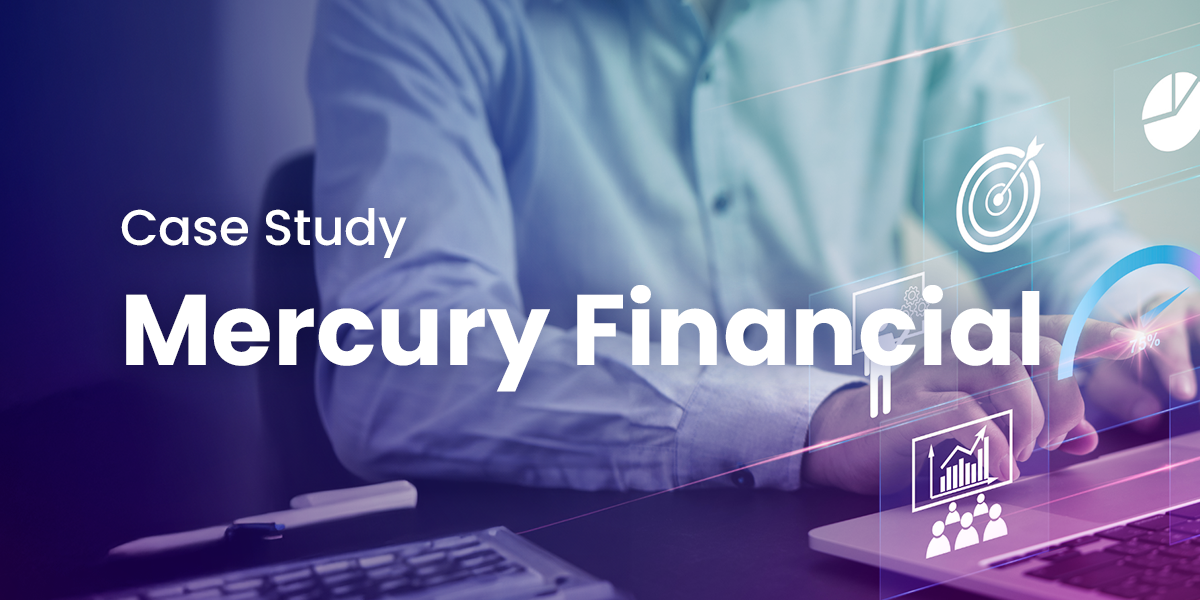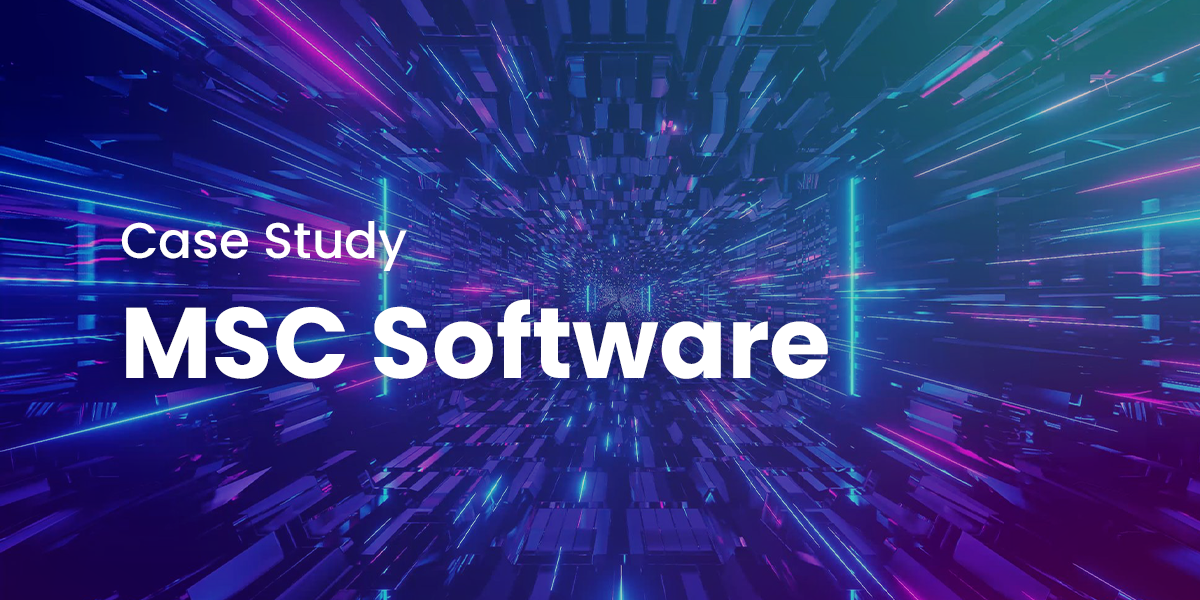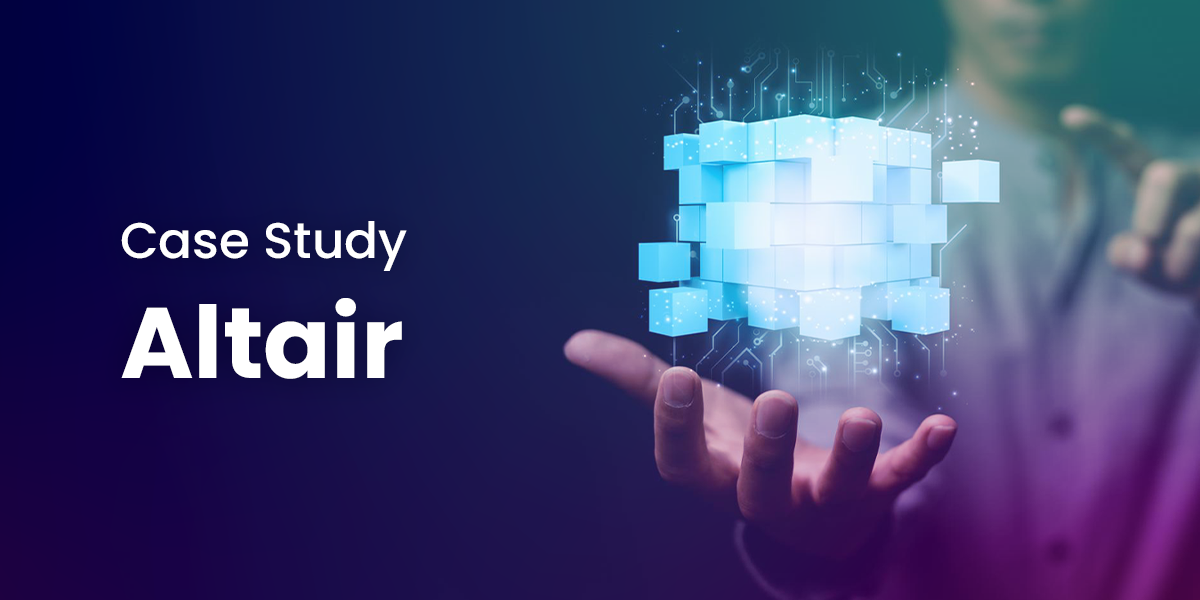Case Studies
All Case Studies
Working toward FedRAMP Compliance with ActiveState
A leading AI-powered cybersecurity company sought to expand its market reach into the government sector. To achieve this, they needed to comply with stringent security ...
Read More
Druva’s Journey to Seamless Secure Software Development with ActiveState
Druva enables cyber, data, and operational resilience with the Data Resiliency Cloud, a fully managed, 100% SaaS platform that protects customers’ data wherever it lives. ...
Read More
Mercury Financial Harnessed the Power of ActiveState for Unrestricted Upgrades for Python 2 Beyond End of Life
Mercury Financial is an innovative Texas-based FinTech company that’s been revolutionizing the credit card and consumer lending industries since its inception in 2013. With a ...
Read More
MSC Software Case Study – ActiveState Python
MSC Software Corporation gains speed, flexibility and engineering time, plus better manages risk with standardized Python on the ActiveState Platform.
Read More
Altair Case Study – ActiveState Python
Altair, a US-based provider of engineering simulation, gained back time for their build, development & management teams and decreased support costs with a customized OEM ...
Read More
Mentor Case Study – ActiveState Python and Tcl
The OEM distribution of ActiveState’s Python and Tcl allowed Mentor to meet their extensibility and ML goals by freeing up development resources...
Read More
Parallels Case Study – ActivePython, ActivePerl
By packaging ActivePython and ActivePerl with Plesk Panel, Parallels enabled a seamless installation process for customers when installing Perl and Python apps on web servers.
Read More










